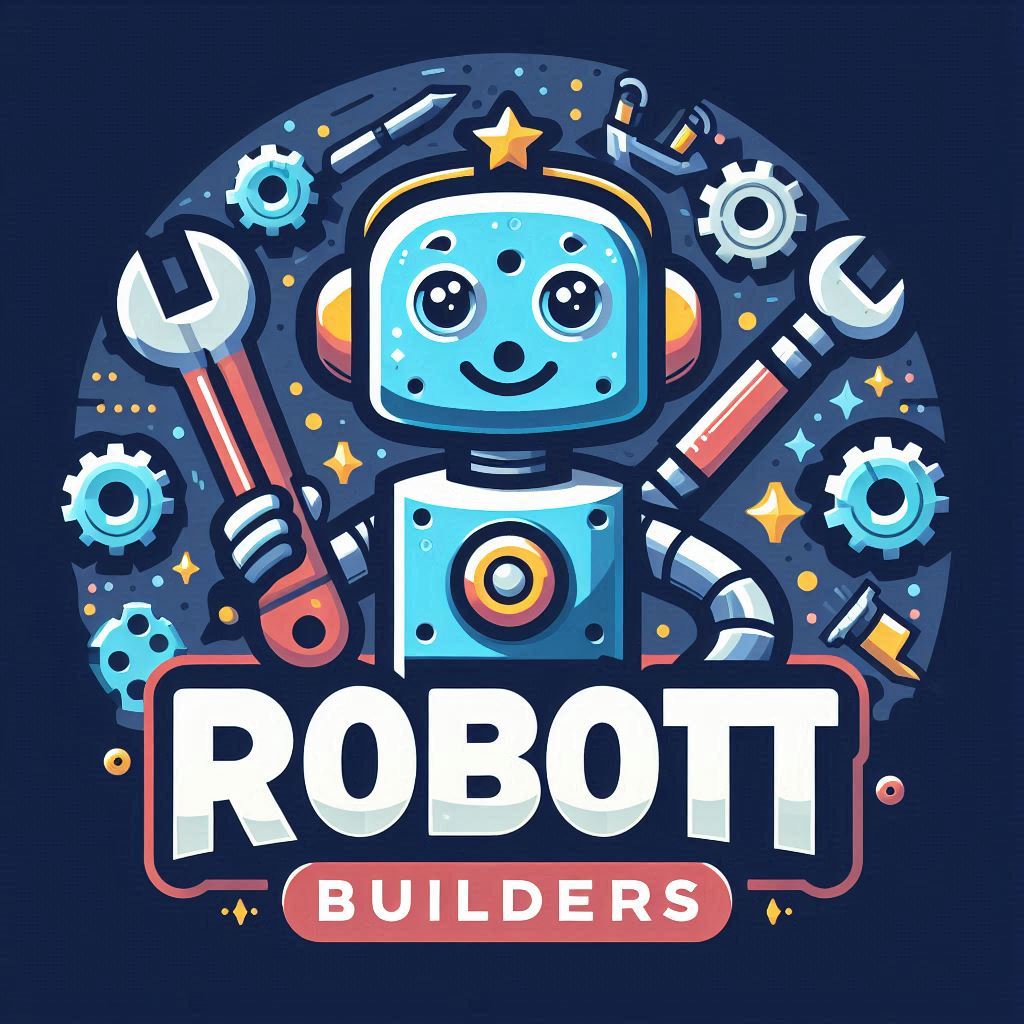Introduction
Machine learning is driving innovation, automation, and intelligent decision-making across industries. To streamline model development and improve accuracy, AI tools for machine learning offer powerful frameworks, automation capabilities, and data-handling efficiencies. This guide explores the best AI tools, their functionalities, and how to integrate them effectively while following SEO-friendly practices for online visibility.

Step 1: Understanding AI Tools for Machine Learning
Machine learning tools enable data preprocessing, model training, deployment, and optimization. These tools help with:
- Automated Data Processing – AI cleans and structures large datasets for modeling.
- Model Selection & Training – AI optimizes algorithms for higher prediction accuracy.
- Hyperparameter Tuning – AI refines model configurations dynamically.
- Performance Monitoring & Optimization – AI continuously improves predictive accuracy.
Using AI-powered tools simplifies machine learning workflows from model building to deployment.
Step 2: Choosing the Best AI Tools for Machine Learning
Selecting the right AI tools ensures efficient development, scalability, and real-time processing.
1. Machine Learning Frameworks
- TensorFlow – A scalable framework for deep learning and AI applications.
- PyTorch – Offers flexibility for research-based machine learning development.
- Scikit-learn – Ideal for simple machine learning models and data analysis.
2. Data Processing & Automation Tools
- Pandas & NumPy – Essential for handling structured and numerical data.
- Apache Spark – Optimizes large-scale data processing in AI workflows.
- – Automates machine learning model selection and tuning.
3. AI Model Deployment Platforms
- Google Cloud AI – Provides scalable AI-driven solutions for enterprises.
- AWS SageMaker – Offers automated model deployment and tuning services.
- Microsoft Azure AI – Enables cloud-based AI integration across industries.
Each tool enhances machine learning speed, efficiency, and scalability.
Step 3: Preprocessing Data for Machine Learning Models
Data preparation is crucial for accurate predictions and optimized AI models.
Steps in Data Preprocessing
- Handle Missing Data – Fill gaps using interpolation or removal techniques.
- Normalize & Scale Data – Ensure uniformity in numerical values for better learning.
- Feature Selection & Engineering – Choose relevant data points that impact predictions.
- Data Augmentation – Improve dataset diversity for enhanced AI performance.
High-quality data ensures machine learning models deliver precise insights.
Step 4: Training & Optimizing Machine Learning Models
AI tools automate model training, improve accuracy, and refine predictions.
Training AI Models
- Algorithm Selection – Choose classification, regression, or clustering models.
- Hyperparameter Tuning – Optimize model parameters for better results.
- Real-Time Testing – Evaluate model efficiency using validation datasets.
- Continuous Model Updates – Keep AI adapting to new data trends.
Optimizing model performance ensures reliable machine learning applications.
Step 5: Deploying AI-Powered Machine Learning Solutions
Integrating AI models into real-world environments requires efficient deployment strategies.
Best Deployment Practices
- Cloud-Based AI Integration – Host models on AWS, Google Cloud, or Azure for scalability.
- Automated Model Retraining – Ensure AI adapts to evolving datasets.
- Edge AI Deployment – Optimize AI performance for local real-time processing.
- Security & Compliance Measures – Encrypt sensitive AI-generated insights.
Well-deployed AI models boost business efficiency and improve predictive accuracy.
Step 6: SEO Optimization for AI Machine Learning Tools
If launching an AI-powered machine learning tool, SEO strategies increase visibility and attract users.
SEO-Friendly Best Practices
- Keyword Optimization – Use terms like “AI-powered machine learning,” “best ML tools,” and “automated AI analytics.”
- Structured Web Content – Implement schema markup for search engines.
- Performance Optimization – Improve page speed for Google ranking improvements.
- Informative Blog Content – Publish use case studies, AI model insights, and tutorials.
- Backlinking & Social Media Promotion – Collaborate with tech industry blogs for credibility.
SEO strategies enhance AI tool adoption and online visibility.
Step 7: Monitoring AI Performance & Refining Results
AI-powered machine learning models require continuous monitoring for long-term success.
Tracking AI Efficiency
- Model Accuracy & Performance Metrics – Evaluate AI effectiveness using real-world data.
- User Engagement & Application Usage – Track how AI solutions improve decision-making.
- Security Enhancements – Strengthen AI compliance with privacy regulations.
- Adaptive AI Refinements – Retrain models based on evolving data trends.
Ongoing optimization keeps AI-driven machine learning reliable and scalable.
Final Thoughts
AI-powered machine learning tools simplify data handling, optimize model training, and enhance business intelligence. By leveraging automation, cloud integration, and real-time optimization, AI transforms the way data is analyzed and predictions are made.
